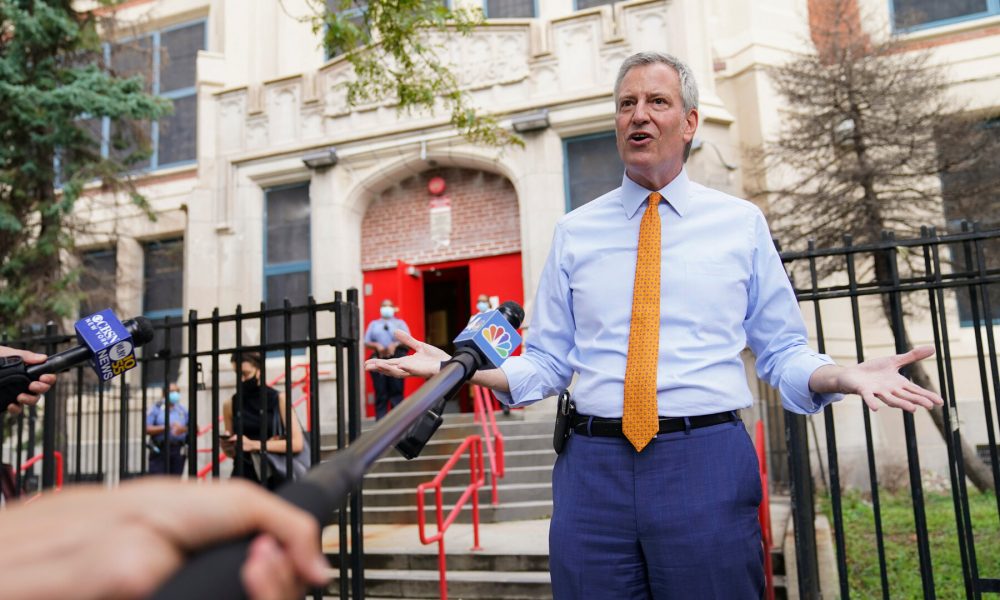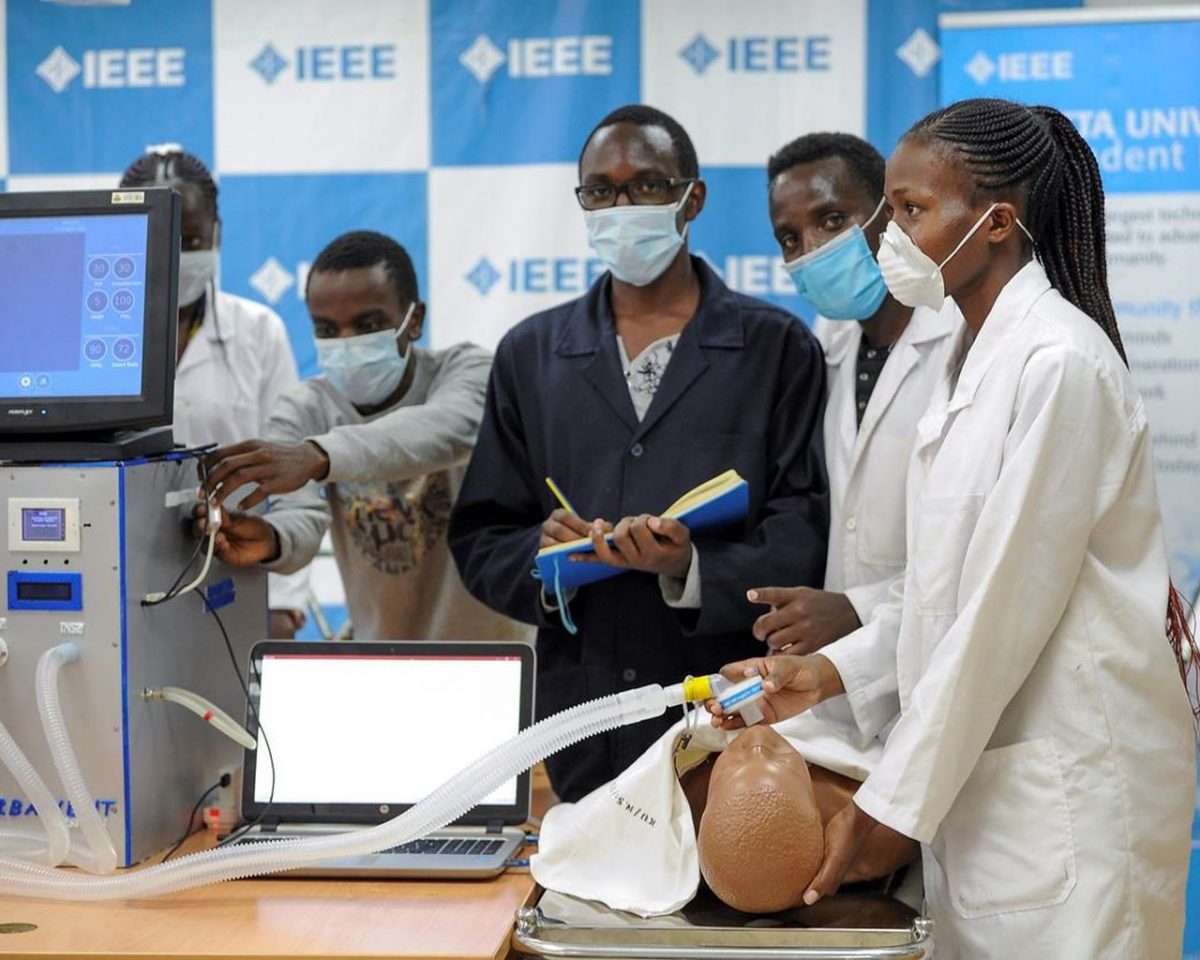New York City will delay the re-opening of the school system, with 1.1 million children not returning to classes until September 21.
What We Know:
- As New York City Mayor Bill de Blasio has been working to reopen the nation’s largest school system during the pandemic, the city’s powerful teacher’s union threatened an illegal strike as soon as next week. But after a series of negotiations, the mayor reached a deal early Tuesday with union representatives, clearing the way for NYC to become one of the only major school districts in America to welcome children back into classrooms this fall.
- The city’s 1.1 million schoolchildren will now begin in-person and remote learning on September 21, 10 days later than originally scheduled. The new timeline is to allow educators more time to prepare for the reopening effort as well as providing de Blasio more time to pull off the ambitious, and somewhat risky, initiative of reopening the large school system safely amid a pandemic.
“For the nation’s largest school system to come together in unity and say, we are going to get it right, and it won’t always be easy and there’ll be tough moments along the way, but we’re going to get it right — that’s a statement,” de Blasio said during a news conference.
- At the press conference with de Blasio was Michael Mulgrew, the influential leader of the United Federation of Teachers. Just a few short hours earlier, Mulgrew threatened a teacher’s strike yet, seemed positive about the reopening after negotiations with the mayor were settled. Mulgrew declared “that the New York City public schools system has the most aggressive policies and safeguards of any school system in America”.
- The city has made progress in prepping for the system’s reopening, providing personal protective equipment to schools, hiring nurses for every school building, and upgrading ventilation systems in classrooms, but the work is far from done. Principals will need to scramble in order to address the staffing issues necessary to create two complementary versions of school, one in-person and one online, and all city educators will have to work together to create a reopening plan that will actually work.
- The negotiation announcement comes after months of escalating pressure from union leaders, teachers, principals, and elected officials who said the school system would not be ready for reopening for it’s originally scheduled date of September 10. The city’s teachers’ union, UFT, had not staged a strike in nearly half a century but was poised to authorize its 75,000 members to walk off the job.
- One of the major union demands that de Blasio agreed to was he announced the city would require random monthly testing of between 10 and 20 percent of students and staff in all city school buildings starting in October, with results available within 48 hours. Any student or staff member who refuses the testing will not be allowed in school buildings. Under the deal, if buildings don’t pass a union review ensuring ample supplies of face masks and personal protective equipment, sufficient ventilation, and socially distant desks, they will not be able to reopen.
- If de Blasio succeeds in safely bringing New York’s children back to school, he will be in a league of his own as every other big-city mayor in America has opted to start the school year remote-only. Large school districts from Los Angeles and Chicago are two urban districts that have reversed their plans for in-person learning, instead opting to stay fully remote until the virus was better contained. Many rural and suburban schools across the nation have also opted to start the new school year off completely online.
- De Blasio has continuously pushed for the return of in-person classes as he argues that the system’s mostly low-income, Black, and Latino students urgently needed in-person classes, a claim widely supported by education experts. NYC has a large population of vulnerable schoolchildren who will continue to be disadvantaged by online learning: about 750,000 public schoolchildren in NYC are poor, roughly 200,000 have disabilities, and 114,000 are homeless.
- Educators understood de Blasio’s concerns with the vulnerable population of children in the school system, but it led to escalating tensions as they grew frustrated, believing de Blasio didn’t understand the depth of the challenges they faced to reopen schools. They raised concerns about the ventilation in the old school buildings, questioned how often they or their students should get tested, and worried about how many students would actually come to school as well as creating learning plans for both remote and in-person education.
- Under de Blasio’s plan, children will report to school between one and three days a week and have online classes for the rest of the days. Desks in the classrooms will all be spaced six feet apart, capping the classroom at a third capacity, with about nine or ten students at a time. Hallways will be marked with signs indicating where students should stand to maintain social distancing and all classroom windows will be open, even during cold or rainy days, to allow for more fresh air into the building. De Blasio has also said schools will not reopen, or will automatically close, if the citywide average positivity rate reaches 3 percent. It currently stands at .6 percent.
Teachers are expected to report to schools as scheduled next week and will start virtually meeting with children to review health and safety rules and ensure that all their students have devices for remote learning.



